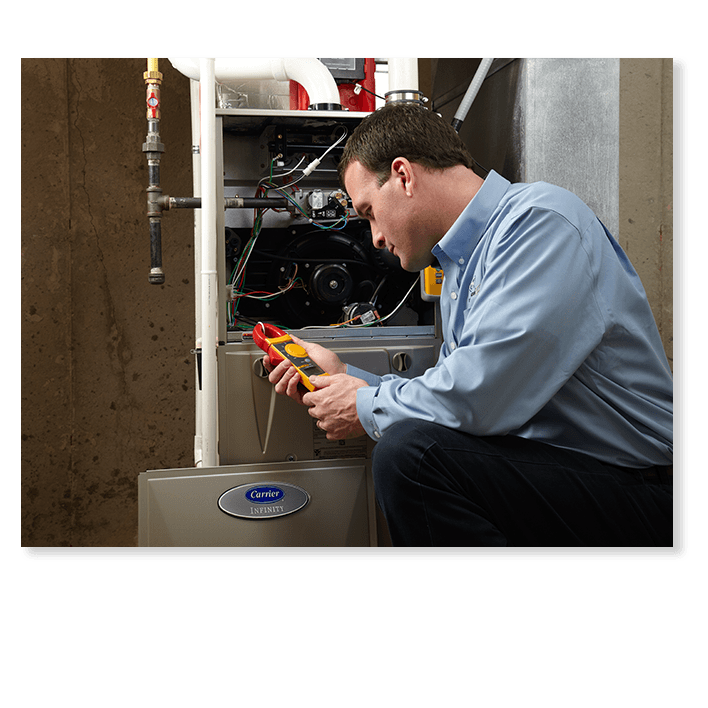
Heating & Cooling Troubleshooting
How to troubleshoot your way out of a heating or cooling problem.
Just because your local Carrier® expert is a wonderful person doesn’t necessarily mean you want to rearrange your day to have him or her out for a service visit. Instead, try these useful tips. They’re just as easy as picking up the phone.
If you have an Infinity® system with remote access, you can set up your access to allow your trusted Carrier expert to diagnose potential problems right over the phone.
